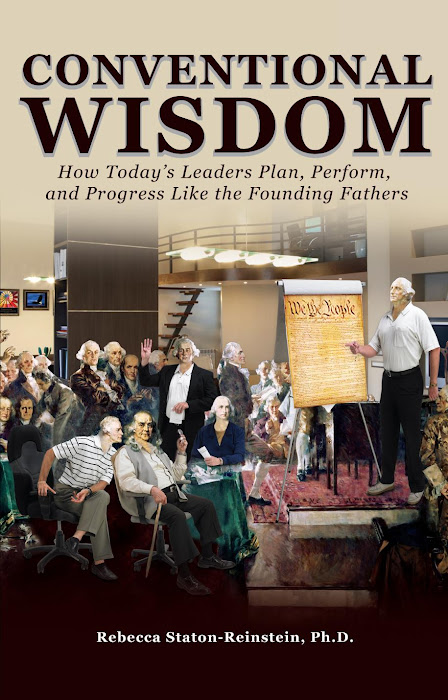If you’ve taken on a big assignment -- moving the office, planning a big event, or developing a new system to track employees’ mobile devices – you’ve been asked to manage a project, with or without the title. If you have amazing organizational and people skills, and luck, you may have pulled it off without a hitch...

If you are like most mortals, you had a few stumbles and bumbles. Take a friend of mine who was asked to put on a 1-day conference recently. He was energetic, dedicated, hardworking, and enthusiastic. His positive attitude was contagious so he lined up top speakers and recruited volunteers to help out.
I heard mumblings over the months as preparations continued and problems mounted. The night before the conference, he held a reception for everyone who worked on the event. That’s when I saw it was a mess...
The next day I arrived early; parking was confusing,
registration was chaos, and the exhibitors who were setting up didn’t know what
was going on. OK, nothing disastrous...yet. Once the main program began, things
seemed mostly OK to the audience until one speaker had to repeat his
presentation because the AV was so screwed up.
Behind the scenes, insanity reigned. AV failed right and left,
special sessions were disorganized, and nothing – nothing – seemed to be going
right. The day finally ended but the real disasters weren’t over. There was not
enough sponsorship money to cover expenses and pay vendors for food, AV,
publicity, transportation, or anything else. Fallout just kept coming and
things are still not resolved many months later.
Could the results have been different? Absolutely! If he had
used a few basic skills of project management, he might have avoided most of
the problems under his control.
3 tips to manage any project:
·
Define a clear Business Purpose. What outcome are
you expecting? For this project it was not, “We will have a great conference.”
It should have been, “As a result of this conference X will happen.” Vet every
idea with, “Will this help fulfill the Business Purpose.”
·
Assume the worst. Risk management is the first
priority. A project creates a unique product or service so, of course, you’ll
have a project plan; detailed tasks, done by whom, in what time frame, with
what result. Predicting the risks and scanning for early warning signs is THE project
activity to perform flawlessly.
·
Have Plans B and C ready to go. If risk is first,
contingency planning is next on the list to deal with the most likely and
devastating risks. Plan B won’t be enough. You’ll need a backup for the backup.
Organizing backups creates a new mindset; Murphy’s Law is optimistic.
What would have been the difference for my friend with just
these 3 items of good project management? (1) He would have kept everyone focused on the outcomes, not just doing tasks.
(2) He would have examined the risk management plan every day as results came in and looked for those early warning signs; especially the lack of sponsorship money.
(3) He would have had backup AV, adult volunteers, and other contingencies ready to go.
You do not have to flail, fumble or fail at your next big
assignment or project. Learn the most important elements of good project
management in a webinar designed to keep out of the Night of the Living Dead.
If you’re not a “project
manager” but do tackle large assignments, sign up for our webinar, Project
Management for the non-Project Manager. Master the basics to succeed.http://tinyurl.com/lklwcxo
* * * * * * *
(c) Rebecca Staton-Reinstein, President, Advantage Leadership, Inc.






